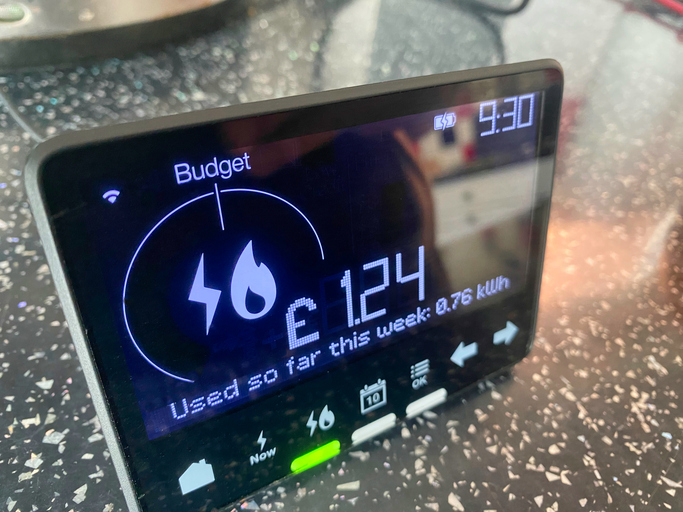
The future of energy pricing in the UK is a long game — but the actions businesses take now will determine how well they manage risk, reduce costs, and align with net zero expectations. Despite some recent relief in energy prices, long-term forecasts indicate that volatility, infrastructure costs, and regulatory levies will continue to shape business energy bills for decades to come. For businesses, this means investment in energy monitoring, renewables, and smart infrastructure is not just a sustainability choice — it’s a strategic one.
The Next 5 Years: Volatility and Rising Pressures
In the next five years, energy prices are expected to remain high and unpredictable. Ofgem's price cap may have dropped in mid-2025, but underlying pressures such as network upgrades, wholesale fluctuations, and environmental levies continue to keep costs elevated. According to Cornwall Insight, prices are unlikely to significantly drop until the latter part of the decade, meaning businesses will need robust systems in place to monitor usage and control demand in the short term.
Looking Ahead to 2035: Stability on the Horizon
Looking 10 years ahead, there are signs of stabilisation. As major grid upgrades are completed and renewable capacity increases, wholesale prices are expected to become more predictable. Government initiatives like Great British Energy, launched in 2025, are also expected to bolster supply and reduce dependence on gas. However, the transition itself will be funded through levies and charges passed onto consumers — including businesses. Having a reliable energy monitoring and optimisation system in place will become essential for budgeting and forecasting, especially as more complex tariffs and dynamic pricing models are introduced.
2040 and Beyond: A Decarbonised but Demanding Grid
By 2040, the UK’s energy infrastructure will be largely decarbonised, with renewables like offshore wind and solar providing the majority of supply. However, increased demand from electric transport, industry electrification, and heating will continue to put pressure on the grid. While wholesale costs may reduce due to the dominance of low-cost renewables, businesses will still be paying for grid resilience and capacity upgrades. At this stage, organisations with on-site renewables, smart controls, and battery storage will be far better positioned to manage demand, participate in flexibility markets, and reduce reliance on grid imports.
2055–2060: Realising the Net Zero Vision
In 30 years, the UK expects to have fully met its net zero targets. By this point, green hydrogen, smart self-healing grids, and fully integrated energy systems will be the norm. Businesses that invested early in infrastructure will be reaping the benefits of dramatically lower energy costs, while late adopters may still be grappling with higher regulatory and infrastructure levies. Those with integrated systems will be able to automate demand response, store and trade surplus energy, and maintain operational resilience during grid events.
Why Businesses Must Act Now
To prepare for this future, businesses must take action now. Elcomponent provides advanced energy monitoring and management infrastructure tailored to commercial needs — from smart sub-metering and LoRaWAN systems to full energy dashboards and reporting. These tools give businesses real-time visibility over consumption, enabling better budgeting, proactive optimisation, and fast identification of waste or inefficiency.
Data-Led Decisions for Renewable Investment
Crucially, businesses can also use this data to build the case for investment in renewable energy technologies. By identifying peak loads, wasted energy, or predictable demand patterns, they can determine the viability of solar panels, battery storage, or heat pump systems. Elcomponent’s infrastructure supports this transition by integrating these assets into a single system, helping organisations reduce reliance on volatile grid supply and accelerate their journey to net zero.
The Role of On-Site Renewables in Risk Reduction
Renewables aren’t just a long-term investment — they’re a short-term shield. By generating power on-site, businesses can mitigate risk from sudden price spikes and lower their overall carbon footprint. Coupled with battery storage and smart controls, renewables allow businesses to operate more independently from the grid, capitalise on off-peak charging, and even trade energy back to the grid for additional revenue. With energy prices unlikely to return to pre-2020 levels any time soon, the ability to generate and manage energy in-house is becoming a key differentiator.
Conclusion: A Strategic Path to Cost Control and Resilience
In summary, the UK’s energy landscape is evolving — and while there is promise of stability and lower costs in the long term, the next decade will demand strategic foresight and investment. Businesses and organisations that adopt energy monitoring systems, embrace renewables, and build flexibility into their infrastructure will not only protect themselves from rising costs but also lead the way towards a more sustainable and resilient future. Elcomponent is here to help make that journey possible.
